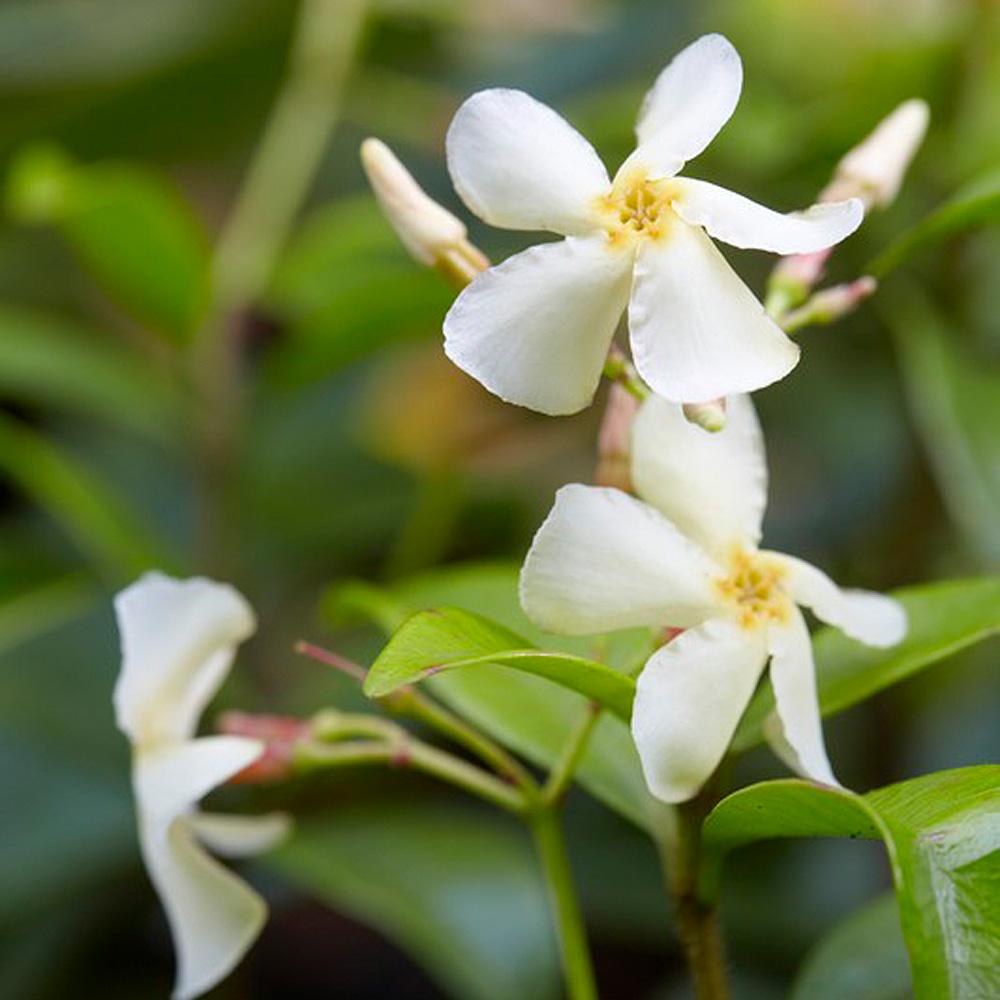
But it’s definitely more of a climbing vine, and it’s more likely to flower profusely under a variety of conditions. jasminoides, also known as star or confederate jasmine, looks similar to T. If you’ve got an empty area that you’re looking to fill with something fragrant that can stand up to a little stomping, consider these culinary herbs and flowering options instead.Īlso, we want to give you a heads up about another plant that is sometimes confused with Asian jasmine. asiaticum is an excellent ground cover, it does not bear foot traffic well.

I understand where they’re coming from, but if you’re looking to quickly cover a wide swath, especially in a shady area, Asian jasmine is really unbeatable. Incidentally, you may read advice on the internet where some native-plant purists spurn this vine because of its tendency to take over the garden. You could probably plant it in cooler zones but winter would kill it, and I can’t imagine why you’d plant a ground cover that dies in winter… But hey, you do you! asiaticum is hardy in USDA Hardiness Zones 7b-10.

In Austin, we very rarely see a bloom on our Asian jasmine. If the weather is too hot, however, they won’t make an appearance. Its five-petaled flowers are small, white, and delicate. The small, dark green leaves of this deer-resistant plant are glossy and grow from red-brown stems that scramble along the ground and up trees, fences, and possibly your leg if you stand there long enough… Photo by Gretchen Heber.


 0 kommentar(er)
0 kommentar(er)
